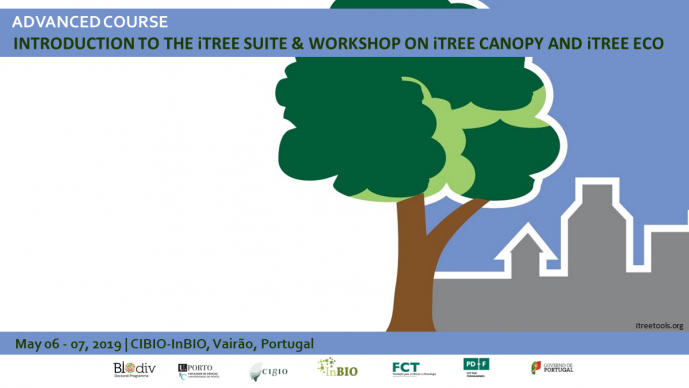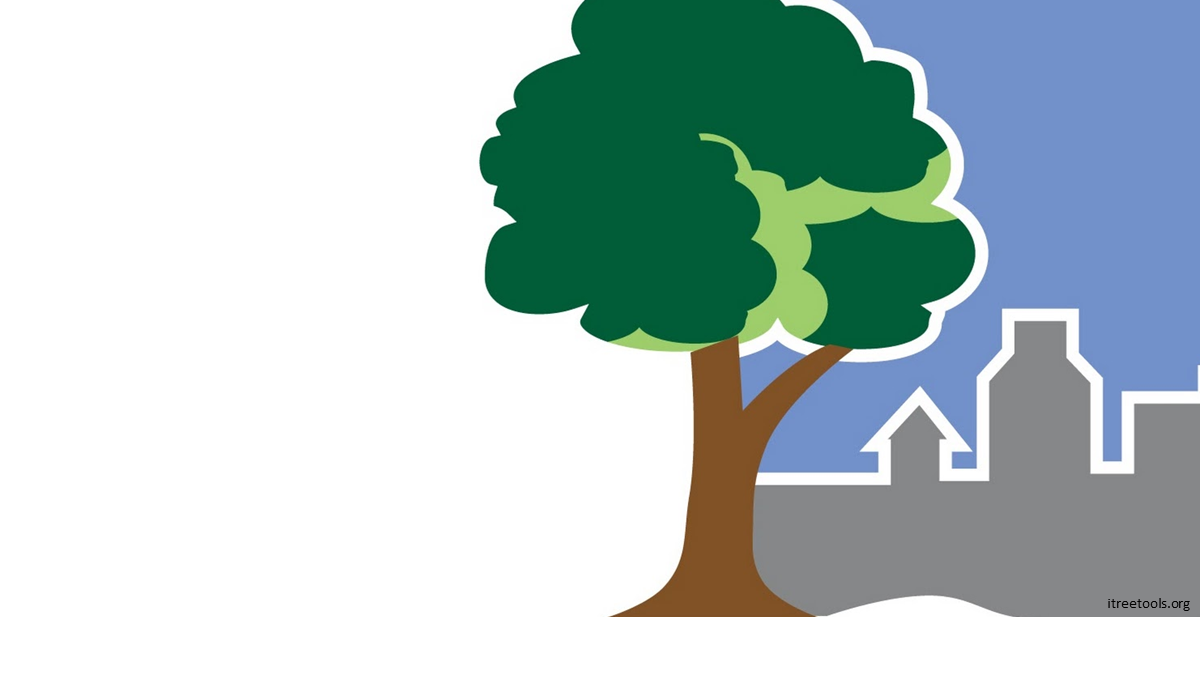INTRODUCTION TO THE ITREE SUITE & WORKSHOP ON ITREE CANOPY AND I-TREE ECO


i-Tree is a state-of-the-art, peer-reviewed software suite from the USDA Forest Service that provides urban and rural forestry analysis and benefits assessment tools. The i-Tree tools can help strengthen forest management and advocacy efforts by quantifying forest structure and the environmental benefits that trees provide. The course will run over two days and will overview the 12 iTree programs and then look at iTree Canopy and iTree Eco in greater depth.
i-Tree Canopy offers a quick and easy way to produce a statistically valid estimate of land cover types (e.g., tree cover) using aerial images available in Google Maps. The latest version of Canopy also estimates values for air pollution reduction and capturing atmospheric carbon. Canopy can be used by urban forest managers to estimate tree canopy cover, set canopy goals and monitor canopy change over time. Canopy can also be used to estimate inputs for use in i-Tree Hydro and elsewhere where land cover data are needed. The results from an i- Tree Eco project can be used by natural resource managers, municipal planners and community groups to make effective resource management decisions, to develop policies, and set priorities. For more information, visit www.itreetools.org.
Objectives
Introduction to the iTree suite - what the programs do and which ones can be used in Portugal.
i-Tree Canopy - Why is canopy cover important, Using i-Tree Canopy, Using the Data for Urban Forest Management - looking at examples from Plymouth and Newcastle and www.urbantreecover.org
i-Tree Eco - What is iTree Eco? Background and Key concepts underpinning the model. Planning for iTree Eco projects. Using the i-Tree Eco tool. Fieldwork. Data entry. Looking at the results, using the Forecast tool. Turning iTree data into information and action looking at report examples
PROGRAMME
Monday, May 6
9:30 - What is the Urban Forest and why is it important to value it?
10:30 - Questions
10:45 - Break
11:00 - Introduction to i-tree, what it does and doesn’t measure?
12:00 - Questions
12:15 - Lunch and questions
13:15 - Case Studies from the UK. How i-tree projects have been set up and used in the UK
14:15 - Questions
14.30 - Break
14:45 - What we have learned so far about the use and uses of i-tree
15:45 - Questions
16:00 - Close
Tuesday, May 7
9:30 - Setting up an i-tree project and the methodology used
10:30 - Questions
10:45 - Break
11:00 - The importance of consultation and the training of volunteers
12:00 - Questions
12:15 - Lunch and Questions
13:15 - Field work: Setting up an i-tree plot and collecting the data
15:00 - Break
15:15 - Review and questions
16:00 - Close
COURSE INSTRUCTORS
Keith Sacre - Treeconomics
INTENDED AUDIENCE
The course will be open to a maximum number of 18 participants.
75% of available student slots are reserved for BIODIV students. Priority will be given to:
• 1st year and other PhD students attending the BIODIV Doctoral Program;
• PhD students attending other courses;
• Other post-graduate students and researchers.
REGISTRATION
Registration deadline: March 31, 2019
To apply, please fill the form available HERE
Participation is free of charge for BIODIV students | 50 € (students) | 100 € (other participants). CIBIO-InBIO members will have an additional discount of 20%. Does not include accommodation, lunch or coffee breaks
All applicants will be notified about whether they are accepted until April 05, 2019.
Please note that new rules apply for all BIODIV students.
